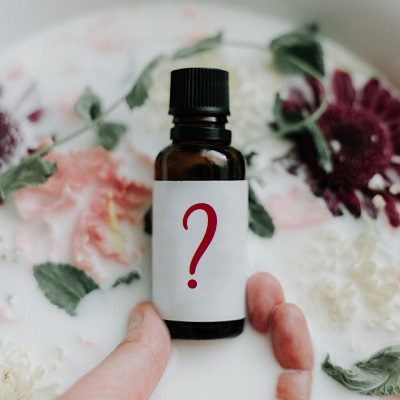 Essential oils have been popular for several years now, as they become more accessible and people begin educating themselves on the numerous benefits. However, in the beginning it can be hard to know where to start. This mini guide is going to help you choose the right essential oils for you.
Essential oils have been popular for several years now, as they become more accessible and people begin educating themselves on the numerous benefits. However, in the beginning it can be hard to know where to start. This mini guide is going to help you choose the right essential oils for you.
Consider Your Main Use for the Oils
An easy way to start choosing essential oils is to consider what you want to use them for. You should already have at least a good idea of why you want to start incorporating essential oils into your routine. Here are some common reasons:
- To relax and reduce anxiety.
- To make your own skincare products.
- For the aromatherapy benefits.
- To freshen up your home.
- For their health benefits.
Each of these will come with a different collection of essential oils to choose from. For stress or anxiety, scents like lavender, rose, ylang ylang, and bergamot are ideal. If you want to freshen up the scent in your bathroom, try peppermint, orange, grapefruit, or tea tree.
Learn What Labels to Look For
When you go to actually buy the oils, you need to look for the label “100% pure essential oil” not “fragrance” or anything else. Essential oils are not just about the scent, but the healing properties. You will only get those health benefits from getting the pure, real essential oils that were extracted from flowers, herbs, and stems, not just the scent with added ingredients.
Test Out Some Blends
It can be a little overwhelming choosing individual oils, but when you get blends already mixed, you get your hand at trying essential oils and figuring out which types of scents you prefer. Most blends label not just what oils are used in them, but what they are good for. This might be calming the mind, getting more focus, increasing your energy, reducing pain, sleeping better, or treating certain conditions.
Study the Essential Oil Aroma Families
Lastly, look into the different aroma families, which is going to help you figure out what kind of scent you are getting. These include citrus, earthy, woody, spicy, herbaceous, floral, minty, and resinous. Get to know each aroma family, what oils there are, and which ones complement each other. This is going to give you some insight into where you want to start when it comes to buying your very first oils.






